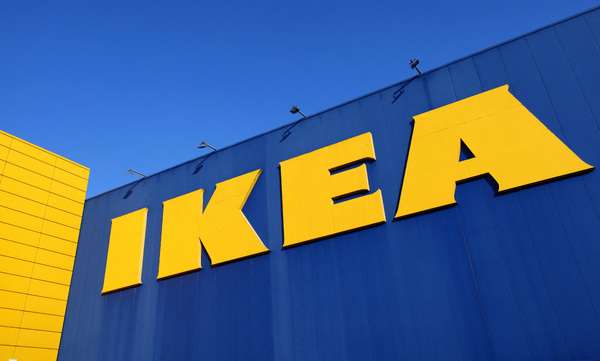Order management is only as good as your inventory visibility
Sponsored by Kibo CommercePost-Covid-19, inventory segmentation is a fact of life. Having inventory visibility is necessary to keep up with demand.

The Covid-19 pandemic continues to have an impact on retail.
Not only have the events of the past couple of years changed shopper behaviour, but they’ve also forced retailers to shift and figure out new ways to build great customer experiences for shoppers across multiple channels.
The pandemic has resulted in supply chain issues that have presented challenges to retailers around their inventory and order management. For retailers working in an omnichannel ecommerce environment, managing inventory is anything but simple.
Unlike linear order management, where a single order is relayed to a single fulfilment centre for a single customer, omnichannel order management is more complex.
With omnichannel order management, multiple orders are tracked within several different systems across the supply chain. This could entail keeping track of products and managing your inventory across brick-and-mortar stores, offsite dark stores, third-party logistics (3PL) warehouses and direct-to-consumer fulfilment centres.
With inventory segmented among these multiple channels and locations, it’s harder for retailers to track item availability. If retailers do not have accurate insight into inventory, it’s challenging (if not impossible) to use inventory data to set pricing, offer promotions, manage scarcity and build trust with customers.
After all, what kind of customer experience are you presenting to shoppers when they discover after purchasing an item online that it is actually out of stock?
Personalised experiences demand openness and transparency around the availability of merchandise and realistic expectations around shipping to maintain customer satisfaction. This is where inventory visibility is especially important – because for retailers, their order management is only as good as their inventory visibility.
But how can retailers ensure they have as accurate inventory data as possible? The answer lies in a unified solution to omnichannel order management.
At Kibo, our mission is to provide end-to-end unified commerce. Our solutions give retailers a platform that combines inventory reporting across channels with a powerful order routing engine. We’ve combined these robust capabilities with our ecommerce platform and our AI-powered personalisation solution.
The Kibo Unified Commerce Platform enables retailers to access better inventory data to deploy omnichannel programmes such as buy online, click and collect and more.
Kibo clients have seen the following results when leveraging Kibo Unified Commerce:
- Rue21 built an omni-inventory environment to offer multiple order fulfilment options for customers
- Laura Canada increased its revenue by 25 percent by unlocking store inventory for online shoppers
- Boscov’s saw a 40 percent in-store upsell rate on online purchases to pick up in store
From lessons learned during the pandemic, companies will start to turn their attention to longer-term transformation of their business models and supply chains, including inventory management and order fulfilment. Are you ready?
To learn more about combating the challenges of order management and inventory visibility and how digital platforms can help retailers connect these dots, download Kibo’s report, Order Management: Only as Good as Your Inventory Visibility
By Blake Billings, Solutions Engineering Manager, Kibo

Business Reporter Team
Most Viewed
Winston House, 3rd Floor, Units 306-309, 2-4 Dollis Park, London, N3 1HF
23-29 Hendon Lane, London, N3 1RT
020 8349 4363
© 2025, Lyonsdown Limited. Business Reporter® is a registered trademark of Lyonsdown Ltd. VAT registration number: 830519543





